How Loud Should Headphones Be?
When it comes to using headphones, one of the most common questions that arise is: "How loud should headphones be?" This question is not just about personal preference but also about health, safety, and the quality of the listening experience. In this article, we will delve into the various aspects of headphone volume, including the potential risks of listening at high volumes, the recommended safe listening levels, and tips for maintaining a healthy listening habit.
Understanding Sound Levels
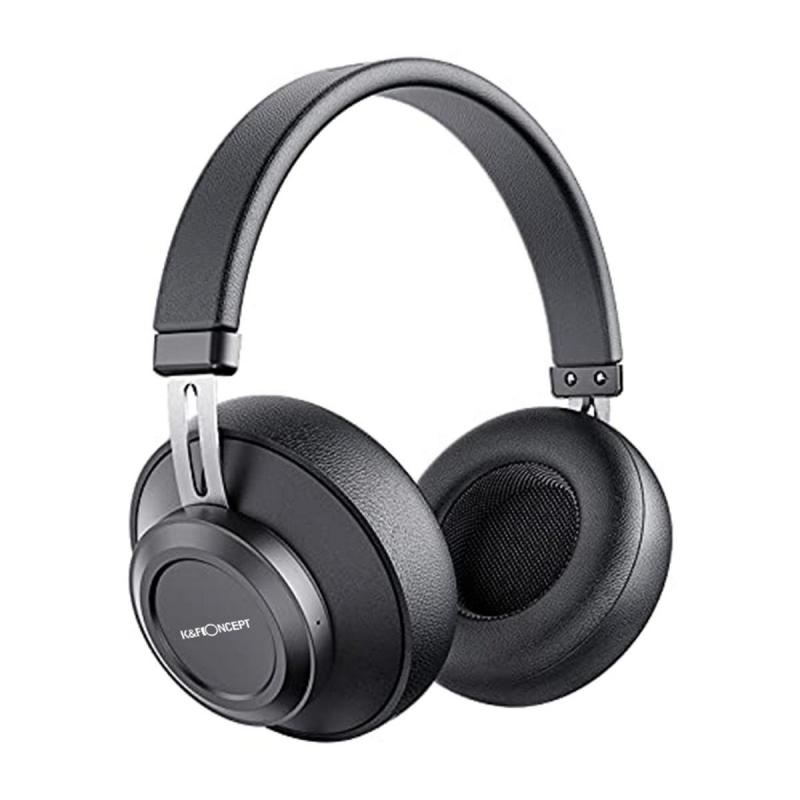
Sound is measured in decibels (dB), and the scale is logarithmic, meaning that an increase of 10 dB represents a tenfold increase in intensity. Normal conversation typically occurs at around 60 dB, while a rock concert can reach levels of 120 dB or more. Headphones can easily produce sound levels in the range of 85 to 110 dB, which can be harmful if listened to for extended periods.
The Risks of High Volume
Listening to headphones at high volumes can lead to several health issues, the most significant of which is noise-induced hearing loss (NIHL). NIHL occurs when the hair cells in the inner ear are damaged due to prolonged exposure to loud sounds. Once these hair cells are damaged, they do not regenerate, leading to permanent hearing loss.
Other risks include tinnitus, a condition characterized by a constant ringing or buzzing in the ears, and hyperacusis, an increased sensitivity to normal environmental sounds. Both conditions can significantly impact the quality of life and are often irreversible.
Recommended Safe Listening Levels
Experts recommend keeping the volume of your headphones at or below 85 dB to minimize the risk of hearing damage. The World Health Organization (WHO) suggests the 60/60 rule: listening to music at no more than 60% of the maximum volume for no longer than 60 minutes at a time. This guideline helps to ensure that you are not exposing your ears to potentially harmful sound levels for extended periods.
Factors Affecting Safe Listening Levels
Several factors can influence what constitutes a safe listening level for headphones:
1. Type of Headphones: Over-ear headphones generally provide better sound isolation than in-ear or on-ear headphones, allowing you to listen at lower volumes. Noise-canceling headphones can also help by reducing background noise, enabling you to keep the volume lower.
2. Duration of Exposure: The longer you listen to loud music, the greater the risk of hearing damage. It's essential to take regular breaks to give your ears a rest.
3. Environmental Noise: In noisy environments, you might be tempted to increase the volume to drown out background noise. Using noise-canceling headphones or moving to a quieter location can help mitigate this issue.
4. Personal Sensitivity: Some people are more susceptible to hearing damage than others. If you experience discomfort or ringing in your ears after listening to music, it's a sign that the volume is too high.
Tips for Safe Listening
1. Use Volume-Limiting Features: Many modern devices come with built-in volume-limiting features that can help you keep the volume at a safe level. Make use of these features to protect your hearing.
2. Invest in Quality Headphones: High-quality headphones can provide better sound clarity at lower volumes, reducing the need to crank up the volume. Noise-canceling headphones are particularly useful in noisy environments.
3. Take Regular Breaks: Give your ears a rest by taking regular breaks from listening. Follow the 60/60 rule to minimize the risk of hearing damage.
4. Monitor Listening Habits: Be mindful of how long and how loud you are listening to music. Apps and devices that track your listening habits can provide valuable insights and help you make adjustments as needed.
5. Educate Yourself: Understanding the risks associated with high-volume listening and the importance of safe listening practices can go a long way in protecting your hearing.
In conclusion, the question of how loud headphones should be is not just about personal preference but also about protecting your hearing health. By understanding the risks associated with high-volume listening and following recommended guidelines, you can enjoy your music while minimizing the risk of hearing damage. Remember to keep the volume at or below 85 dB, follow the 60/60 rule, and take regular breaks to give your ears a rest. Investing in quality headphones and using volume-limiting features can also help you maintain safe listening habits. By being mindful of your listening practices, you can enjoy your favorite tunes without compromising your hearing health.



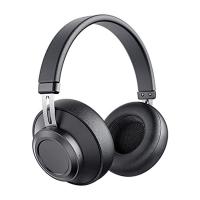


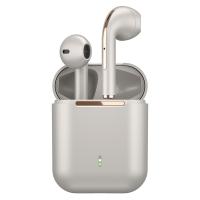
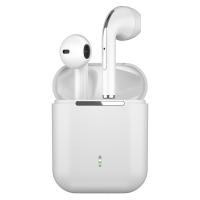
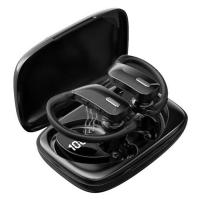
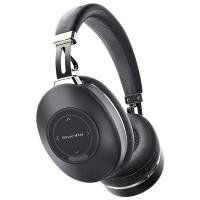
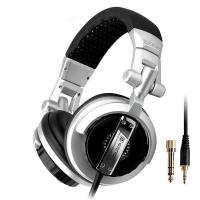







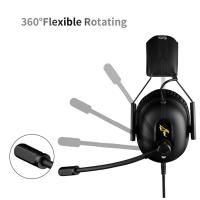
There are no comments for this blog.